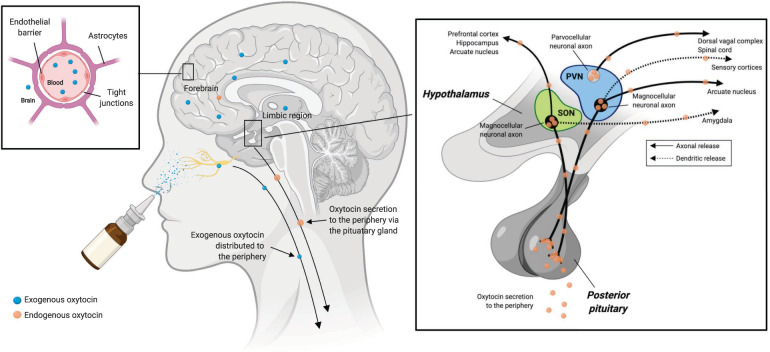Fig. 1. Endogenous oxytocin administration and endogenous oxytocin production.
Endogenous oxytocin is primarily produced in the hypothalamus, within the supraoptic (SON) and paraventricular (PVN) nuclei (right inset). Synthesized oxytocin is stored for peripheral release in the posterior pituitary and also secreted within the brain via axonal and dendritic release mechanisms. Intranasally administered exogenous oxytocin travels both to the brain, via olfactory and trigeminal nerve fibers, and the periphery via the highly vascularized nasal cavity. Only very small amounts of peripherally circulating oxytocin are thought to cross the blood-brain barrier owing to an endothelial barrier with tight junctions (left inset), however, these amounts might still be biologically relevant. Image created with BioRender.com.

